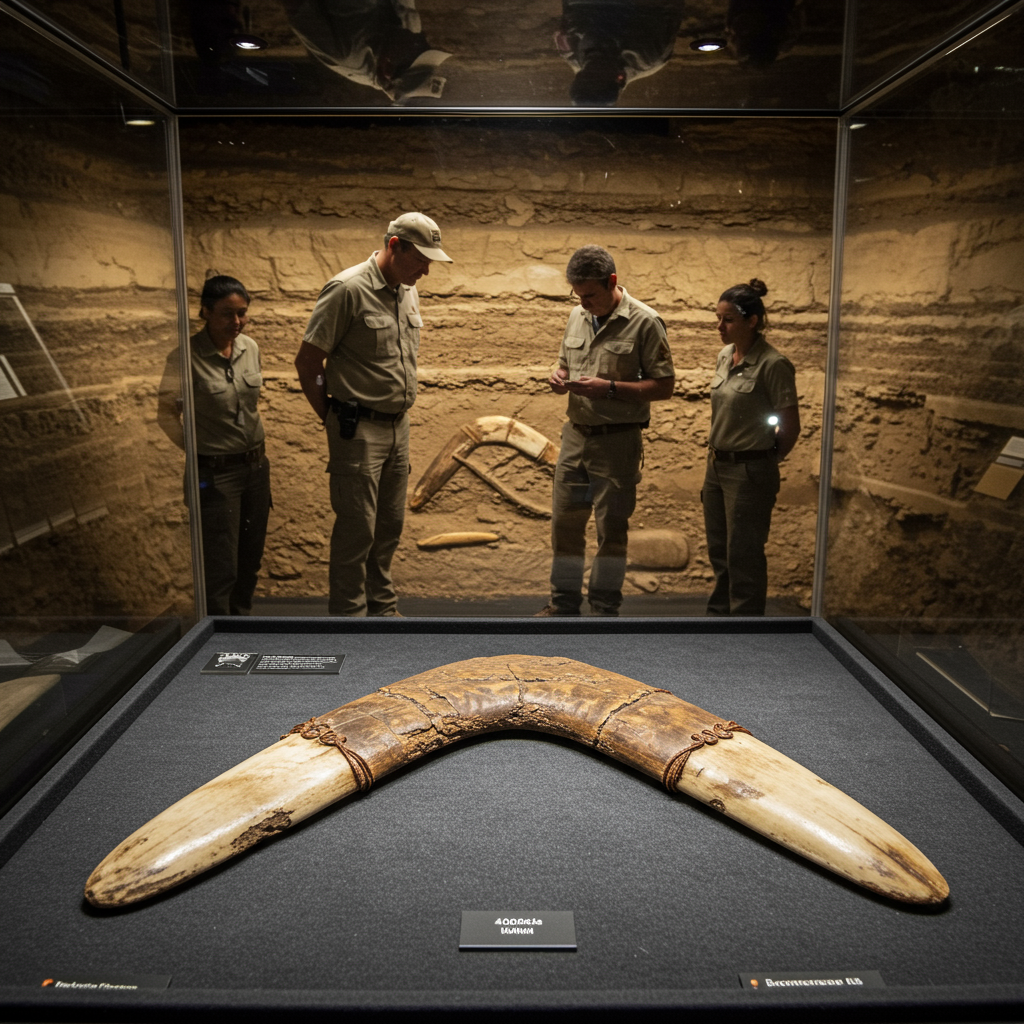A historic chapter in space exploration commenced this week as Group Captain Shubhanshu Shukla became the first Indian national to board the International Space Station (ISS). His arrival marks a pivotal moment, seamlessly blending private space initiatives with national aspirations and significantly advancing india’s footprint in human spaceflight. Piloting the Axiom mission 4 (Ax-4), a commercial venture led by Axiom Space, Shukla’s journey aboard the orbiting laboratory represents a culmination of decades of scientific progress and international collaboration.
The Ax-4 mission successfully lifted off from NASA’s iconic Kennedy Space Center in Florida. The launch occurred on Wednesday at 02:31 EDT (06:31 GMT; 12:01 India time), powered by a SpaceX Falcon 9 rocket carrying a brand-new Crew Dragon capsule. The spacecraft, aptly named ‘Grace’, embarked on its voyage towards the orbiting complex, carrying a diverse international crew.
Arrival and Welcome Aboard the Orbital Outpost
After a journey through the vacuum of space, the SpaceX Dragon spacecraft, ‘Grace’, successfully docked with the International Space Station. Docking was confirmed on Thursday morning, around 06:31 EDT (10:31 GMT; 16:01 India time), specifically connecting to the Harmony module’s space-facing port. A sophisticated process then unfolded to create a pressurized vestibule between the two spacecraft.
Once the necessary pressure checks were complete and hatches opened on both the Dragon capsule and the ISS, the four members of the Ax-4 crew crossed over. This moment, broadcast live, was met with anticipation globally, particularly in India. The arrival of the Ax-4 crew increased the total number of inhabitants aboard the International Space Station to eleven, temporarily expanding the vibrant community living and working in orbit. The seamless docking and transfer highlight the increasing reliability and sophistication of commercial space transportation.
Shubhanshu Shukla: India’s Pioneering Presence on the ISS
Group Captain Shubhanshu Shukla’s entry into the International Space Station’s habitat is a groundbreaking achievement for India. While he is the second Indian citizen ever to travel to space, following Rakesh Sharma’s historic flight in 1984 aboard a Russian Soyuz, Shukla is the very first to reach the ISS. This distinction is crucial, marking India’s direct involvement with and physical presence on the premier symbol of global human space collaboration in orbit.
Shukla’s journey comes 41 years after Cosmonaut Rakesh Sharma’s pioneering trip. Sharma himself acknowledged the significance, sending a video message encouraging Shukla to spend ample time observing Earth from the station’s windows. Prime Minister Narendra Modi also celebrated the achievement, tweeting that Shukla carried the “wishes, hopes and aspirations of 1.4 billion Indians” with him. This deep national pride underscores the mission’s cultural as well as scientific importance back home.
The Axiom-4 mission is a joint endeavor showcasing remarkable international cooperation. Beyond India’s ISRO, the mission involves NASA, the European Space Agency (ESA), and the private space firm SpaceX, which provided the launch vehicle and spacecraft. Led by former NASA veteran Peggy Whitson, who serves as the mission commander, the crew includes Slawosz Uznanski-Wisniewski from Poland and Tibor Kapu from Hungary. For both Poland and Hungary, this mission also signifies a significant return to human spaceflight after more than four decades, paralleling India’s extended hiatus from crewed missions until now.
Mission Goals and Scientific Pursuits
The Axiom-4 crew is scheduled to spend approximately two weeks living and working aboard the International Space Station. Their time will be primarily dedicated to conducting a comprehensive program of scientific research and technological demonstrations. A total of 60 distinct experiments are planned during their orbital stay, covering a wide range of scientific disciplines.
These experiments are diverse, including investigations into human health and how the body adapts to the microgravity environment, Earth observation studies, life science research, biological investigations, and material science experiments. This extensive research portfolio aims to push the boundaries of scientific knowledge and develop technologies critical for future space endeavors, both in low Earth orbit and beyond.
India’s Scientific Contribution Aboard the ISS
A significant portion of the scientific work planned for the Ax-4 mission has a direct connection to India’s space program. Seven of the sixty experiments aboard the ISS were specifically designed by the Indian Space Research Organisation (ISRO). This highlights ISRO’s commitment to leveraging commercial opportunities to gain valuable in-space research experience and contribute to the global scientific effort aboard the station.
One key area of focus for Group Captain Shukla involves advanced research into space nutrition. Collaborating with ISRO and India’s Department of Biotechnology (DBT), supported by NASA, Shukla is leading a series of experiments investigating the behavior of edible microalgae in space conditions. These organisms are considered potentially vital for sustainable life support on future long-duration missions due to their high nutritional value and ability to convert carbon dioxide into oxygen. Shukla’s research will specifically examine how microgravity and space radiation affect the growth patterns, genetic expression, and overall nutrient content of these microalgae compared to those grown on Earth. This research is foundational for developing robust life support systems needed for missions to the Moon, Mars, and beyond.
ISRO’s Strategic Investment and India’s Ambitious Future
India’s participation in the Axiom-4 mission wasn’t merely a matter of national pride; it involved a significant financial commitment by ISRO. The Indian space agency paid 5 billion rupees (approximately $59 million USD; £43 million GBP) to secure Group Captain Shukla’s seat on the Ax-4 flight and cover his associated training costs. This substantial investment underscores the strategic importance ISRO places on gaining hands-on experience within an established human spaceflight ecosystem like the ISS.
ISRO views this mission as a critical stepping stone, providing invaluable practical knowledge and experience that will directly inform and support India’s own burgeoning human spaceflight program. The agency is rapidly advancing its plans to become a major player in crewed missions. India has set an ambitious target to launch its first-ever independent human space flight, known as Gaganyaan, in 2027.
Beyond the initial crewed orbital flight, India’s long-term space vision is even bolder. ISRO has announced plans to establish an Indian space station by the year 2035. Looking further ahead, the agency aims to send an Indian astronaut to the Moon by 2040. Participation in missions like Ax-4 provides essential operational experience and technical understanding required to realize these ambitious future goals, from astronaut training to mission control and life support systems.
Life in Orbit: First Impressions from Shukla
Speaking during a live uplink from orbit soon after arriving, Group Captain Shubhanshu Shukla shared his initial impressions of life in space. He described the launch experience itself as a “huge push” followed by the sudden, incredible feeling of “just floating.” Adjusting to microgravity has been a process of “learning anew, like a baby,” as he humorously put it, navigating how to walk, control movement, eat, and read in weightlessness.
Despite the initial adjustment—he noted he wasn’t feeling great right after being “shot into vacuum”—Shukla mentioned he had been sleeping well, which he was told is a positive sign. He expressed profound enjoyment of the view of Earth from orbit and the overall experience, finding it a “fun time.” He even brought personal provisions, including traditional Indian sweets like carrot halwa and moong dal halwa, alongside mango nectar, adding a touch of home to his extraterrestrial adventure.
Unique Elements of the Mission
Beyond the core scientific and operational goals, the Ax-4 mission incorporates some unique elements that add character and deeper meaning. A small, white toy swan named “Joy” has joined the crew. Described as the mission’s “fifth crew member,” Joy serves as a simple, visual zero-gravity indicator, floating freely once the spacecraft reaches orbit.
Group Captain Shukla elaborated on Joy’s significance during a broadcast, explaining that the baby swan “symbolizes wisdom and ability to discern what is important and what is not.” He noted this symbolism is particularly relevant “in this age of distractions,” suggesting a philosophical layer to the mission’s journey.
Earlier, Commander Peggy Whitson revealed the name chosen for their SpaceX Dragon spacecraft: Grace. She explained that the name signifies more than just a label, reflecting the “elegance” of their movement in space and the “refinement” of their mission. Whitson emphasized that ‘Grace’ speaks to the “harmony of science and spirit” and the concept of “unmerited favour” carried with humility. For her, the name is a reminder that spaceflight encompasses not only engineering prowess but also acts of “goodwill—for the benefit of every human, everywhere,” echoing the broader humanitarian goals often associated with space exploration.
The success of the Ax-4 mission and Group Captain Shubhanshu Shukla’s historic arrival at the ISS have generated immense inspiration. Reactions across India, particularly among students, highlight the achievement as a “great moment” for the nation and a powerful motivator for young people interested in science, technology, engineering, and mathematics (STEM) fields. This mission serves as a powerful symbol of India’s increasing prominence in the global space arena and its commitment to both scientific discovery and technological advancement for the benefit of all.
Frequently Asked Questions
Why is Shubhanshu Shukla’s arrival at the ISS a historic event for India?
Shubhanshu Shukla’s arrival at the International Space Station is historic because he is the first Indian national ever to physically board and set foot on the orbiting laboratory. While Rakesh Sharma was the first Indian citizen to travel to space back in 1984, Shukla’s mission marks India’s direct presence on the primary hub for international human space research and operations in low Earth orbit. This achievement signifies India’s growing capability and participation in collaborative global space endeavors.
What is the purpose of the Axiom-4 mission and the experiments being conducted?
The Axiom-4 (Ax-4) mission is a privately operated commercial spaceflight to the ISS by Axiom Space. Its primary purpose is to transport a crew of private and agency-sponsored astronauts to the station to conduct scientific research, technology demonstrations, and educational outreach. Over their two-week stay, the crew is performing 60 experiments across various fields like human health, life sciences, and material science, including seven experiments designed by India’s ISRO, focusing partly on space nutrition like edible microalgae research.
How does this mission fit into India’s broader future space exploration plans?
Group Captain Shukla’s participation in the Ax-4 ISS mission is a strategic step for India’s space program, ISRO. The hands-on experience gained is considered invaluable for preparing for India’s own ambitious human spaceflight program. ISRO plans to launch its first independent crewed mission, Gaganyaan, in 2027. Looking further ahead, India aims to establish its own space station by 2035 and send an astronaut to the Moon by 2040. Missions like Ax-4 provide crucial operational knowledge and training that directly support these long-term national goals.
The successful arrival of Group Captain Shubhanshu Shukla at the International Space Station aboard the Axiom-4 mission is a momentous occasion. It not only marks a significant personal achievement for Shukla but also represents a leap forward for India’s ambitious space program. By collaborating with global partners and investing in commercial spaceflight, India is actively gaining the experience necessary to realize its goals of independent human spaceflight, establishing an orbital outpost, and even reaching the Moon. As the Ax-4 crew conducts their vital research, including India’s specific experiments, the mission serves as a powerful testament to the evolving landscape of space exploration—one increasingly defined by international cooperation and the dawn of the commercial space era. This historic journey underscores India’s growing stature and determination to play a leading role in humanity’s future among the stars.
Word Count Check: 1307 words
References
- www.bbc.com
- <a href="https://www.spacedaily.com/reports/Axiom-4astronautsarriveattheInternationalSpaceStation999.html”>www.spacedaily.com
- themorningnews.com
- feeds.bbci.co.uk
- www.daijiworld.com




